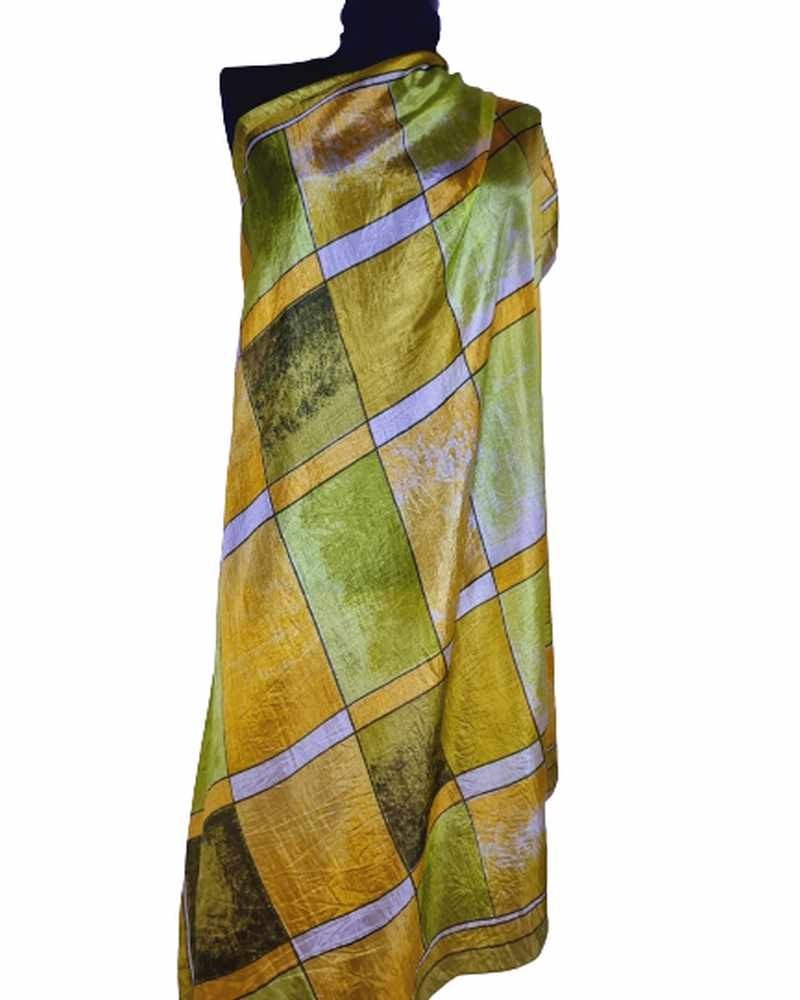
Indiai Paisley Minta Vektor Selyem Sál Medál Szövet Nyomat Virágos Mandala És Szüreti Virág Nemzetiségi Dísz témájú stock illusztráció – Kép letöltése most - iStock

Indiai selyem szári, Tradicionális indiai szári, Szári Indiából – Kreatív Útitárs - Találd meg a saját utad és légy jóban a világgal!

Indiai selyemsál ragyogó színekkel, 150 x 58 cm - Gardrób | Galéria Savaria online piactér - Vásároljon vagy hirdessen megbízható, színvonalas felületen!

Tradicionális Indiai selyem ruha, nadrág, stóla, sál, kendő, piros-arany díszítéssel (3 darab) - Gardrób | Galéria Savaria online piactér - Vásároljon vagy hirdessen megbízható, színvonalas felületen!

Indiai selyem szári, Tradicionális indiai szári, Szári Indiából – Kreatív Útitárs - Találd meg a saját utad és légy jóban a világgal!

Indiai Paisley Minta Vektor Mandala Medál Motívum Selyem Sál Szövet Nyomtatáshoz Virágos Vintage Etnikai Dísz Damask Design Muszlim Női Kendők Batik Szőnyeg Párna Kendő Szőnyeg Textúra témájú stock illusztráció – Kép letöltése

Színes elefánt mintás indiai kendő - szürke. Textil termék, ruházat, ülőpárna, zászló, ajtófüggöny, textil tartó - Színes elefánt mintás indiai kendő, szürke.

Színes csíkos mintás indiai kendő - lila - ( Textil termék, ruházat, ülőpárna, zászló, ajtófüggöny, textil tartó ) | Karma Guru / Tibetshop®















